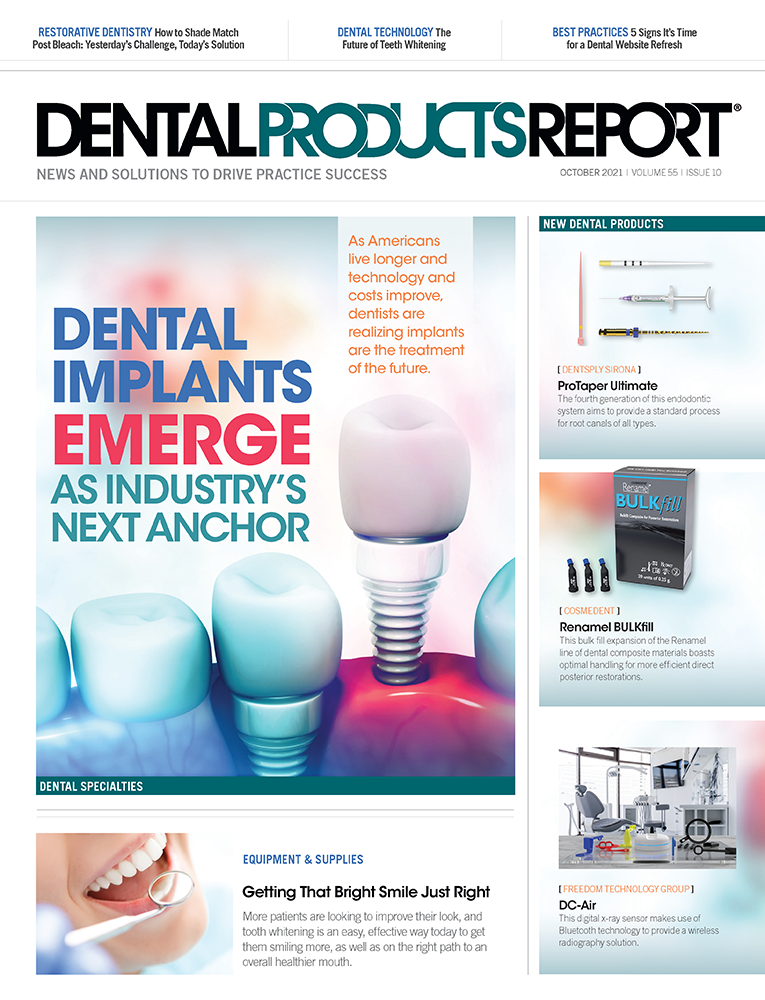The Best Bone Grafts for Creating New Bone
Product Roundup: There are a number of different types of bone grafting materials, including autografts, allografts, and synthetic variants.
Bone grafting materials are commonly used with dental implant procedures to restore the edentulous area of a missing tooth. Bone grafts are either used in block (such as from the chin or ascending ramus area of the lower jaw) or particulated, to be able to adapt it better to a defect.
According to the Journal of Pharmacy & BioAllied Sciences,1 the grafted, vascularized fibulas have been used to restore skeletal integrity to long bones of limbs in which congenital bone defects exist and to replace segments of bone after trauma or malignant tumor invasion. The periosteum and nutrient artery are generally removed with a piece of bone so that the graft will remain alive and grow when transplanted into the new host site. Once the transplanted bone is secured into its new location, it generally restores blood supply to the bone on which it has been attached.
Bone grafting is a surgical procedure that replaces missing bone with material from a patient’s own body, an artificial, synthetic, or natural substitute. Bone grafting is possible because bone tissue has the ability to regenerate completely if provided the space into which it has to grow. As natural bone grows, it generally replaces the graft material completely, resulting in a fully integrated region of new bone.
There are a number of different types of bone grafting materials, including autografts, allografts, and synthetic variants. Here we take a look at 8 such products used in dentistry today.
